- Antipasti
- Bella Italia
- Dessert
- Drinks
- Favorite Italian recipes
- Main courses
- Pasta
- Pizza
- Side dishes and salad
- Tips & Knowledge
What is balsamic vinegar?
In 1863, Giuseppe Giusti, founder of the oldest acetaia (= vinegar factory) in Modena, wrote: "The perfection of vinegars called balsamic depends on exactly three factors: the selection of the grapes, the quality of the barrels and the time."
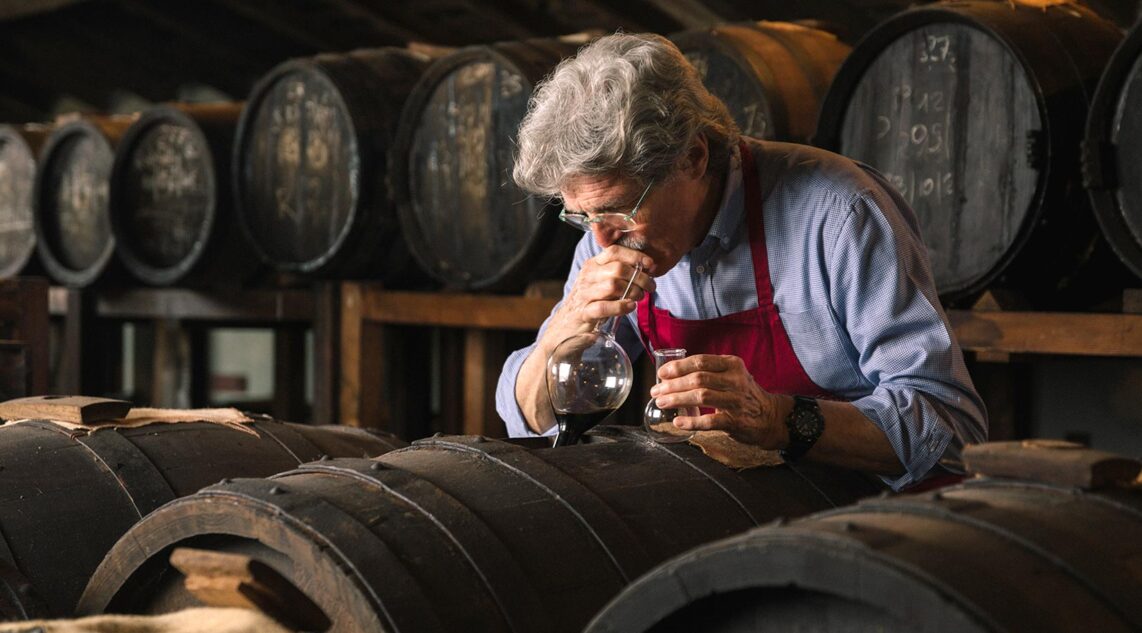
Table of contents
- The difference between balsamic vinegar, balsamic vinegar and co
- Find the real balsamic vinegar
- Recognize a really good balsamic vinegar
- Using balsamic vinegar in the kitchen
- Balsamico Bianco: white balsamic vinegar
- The history of balsamic vinegar
- How Balsamico Tradizionale is made
- Which wood gives which flavor?
Balsamico is a vinegar from the region around the small town of Modena in northern Italy. It has little in common with German vinegar. Balsamico has a thick, velvety consistency , shines dark brown, is sweet and sour and tastes incomparably spicy and aromatic.
Unlike most vinegars, Aceto Balsamico di Modena is not fermented from wine, but is made from the grape must of various specified grape varieties from the region. For example, Trebbiano grapes, one of the oldest grape varieties in Italy, are often pressed. Grapes of the Lambruso, Sangiovese or Albana varieties are also used. After pressing, the must is boiled in large vats and reduced by up to 70%.
The master vinegar maker now mixes in a vinegar that is at least 10 years old so that the cooked grape must slowly begins to ferment. The Aceto Balsamico di Modena IGP is then filled into wooden barrels and must mature for at least 60 days. If it matures for longer than three years, it can be called “invecchiato”. You can read the full regulations for Aceto Balsamico di Modena IGP in the original Italian here.
The difference between balsamic vinegar, balsamic vinegar and co
There are different quality levels on the market. The higher the quality level, the higher the requirements in terms of ingredients and production process and the higher the price. If you are looking for the real taste, you should choose a balsamic vinegar of the 3rd or 4th quality level and pay attention to the printed designation.
- Condimento
- Balsamic vinegar / balsamic cream
- Aceto Balsamico di Modena IGP
- Aceto Balsamico Tradizionale di Modena or di Reggio Emilia DOP
1 What is condimento?
Condimento simply refers to a liquid seasoning that contains vinegar. The manufacturer does not have to follow any specifications for a condimento. There are big differences in quality when it comes to condimento. You can recognize an inferior condimento by the sugar in the list of ingredients.
2. what is balsamic vinegar/ balsamic cream?
These vinegars do not necessarily have to be made from grapes. Apples, pears or other fruits can also be used as a base. They often contain sugar or sugar couleur for the brown color. There are no fixed rules for production.
3. what is Aceto Balsamico di Modena IGP?
This vinegar is made from the must of selected grape varieties. It is characterized by the addition of high-quality wine vinegar. It must be produced according to strict rules in the Modena/Reggio Emilia region. The acidity must be at least 6 percent.
4 What is Aceto Balsamico Tradizionale di Modena or di Reggio Emilia DOP?
Tradizionale is made exclusively from the must of selected, certified grape varieties from the Modena/Reggio Emilia region. It is also produced according to fixed rules in the Modena/Reggio Emilia region and must mature for at least 12 years.
Find the real balsamic vinegar
You can find the real Aceto Balsamico at Gustini. We only stock the Giusti brand from Modena. This company is the oldest vinegar manufacturer in Modena. Whether Condimento Balsamico, Balsamico Creme, Aceto Balsamico di Modena IGP or Aceto Balsamico Tradizionale di Modena DOP – you will only find the best drops in our hand-picked range. We even stock the rare rarity of a 100-year-old balsamic vinegar!
If you are interested in the original from Italy, be sure to take a look!
Recognize a really good balsamic vinegar
A really good balsamic vinegar shines. It is deep dark and thick in consistency. It shows streaks in the glass. The balance of sweetness and acidity is absolutely harmonious on the tongue. There should be no sugar on the list of ingredients, only grape must and wine vinegar.
The label should also state Aceto Balsamico di Modena IGP or Aceto Balsamico Tradizionale di Modena/ Reggio Emilia DOP.
Giuseppe Giusti, founder of the oldest acetaia (= vinegar manufactory) in Modena, wrote in 1863:
“The perfection of vinegars called balsamic depends on exactly three factors: the selection of the grapes, the quality of the barrels and the time.”
Taste original Aceto Balsamico
Using balsamic vinegar in the kitchen
Just a few drops are enough for an incredible wealth of flavor. It brings an elegant spiciness and Italian zest to salad dressings, soups or meat dishes. It goes well with fish, cheese, strawberries or ice cream – you can find a delicious selection of real balsamic vinegars from Modena here!
Balsamico Bianco: white balsamic vinegar
Balsamico Bianco translates as “white balsamic vinegar”. This clear, light-colored vinegar is mild and has a floral-fruity aroma. It usually consists of the thickened juice of white grapes and a dash of white wine vinegar. In Modena, the white Trebbiano grape is often used for Balsamico Bianco.
Unlike Aceto Balsamico, Bianco does not darken food. In the kitchen, it is therefore used as a condiment for light-colored dishes, such as steamed fish, clear salad dressings or vegetables.
The history of balsamic vinegar
Around 1600, the nobility of Modena in northern Italy acquired acetaias. These are attics for vinegar barrels. It owes its existence to the interaction of the unique local microclimate.
It is said that it was created by pure chance. Someone had left some cooked grape must in the attic and over time it developed the unique, unmistakable characteristics that we know today from an Aceto Balsamico Tradizionale.
This valuable vinegar quickly became part of the aristocratic family fortune: its whereabouts were regulated in wills or bequeathed to young, noble brides as a dowry. As a result, the vinegar from the factories of the Duchy of Este known as “Acetaia” was praised as the “Black Gold of Modena” by the highest echelons of the European aristocracy from the Renaissance onwards.
It was not until the twentieth century that the precious vinegar left the secret attics of the noble palazzi of Modena and became the epitome of the region’s culture and culinary tradition.
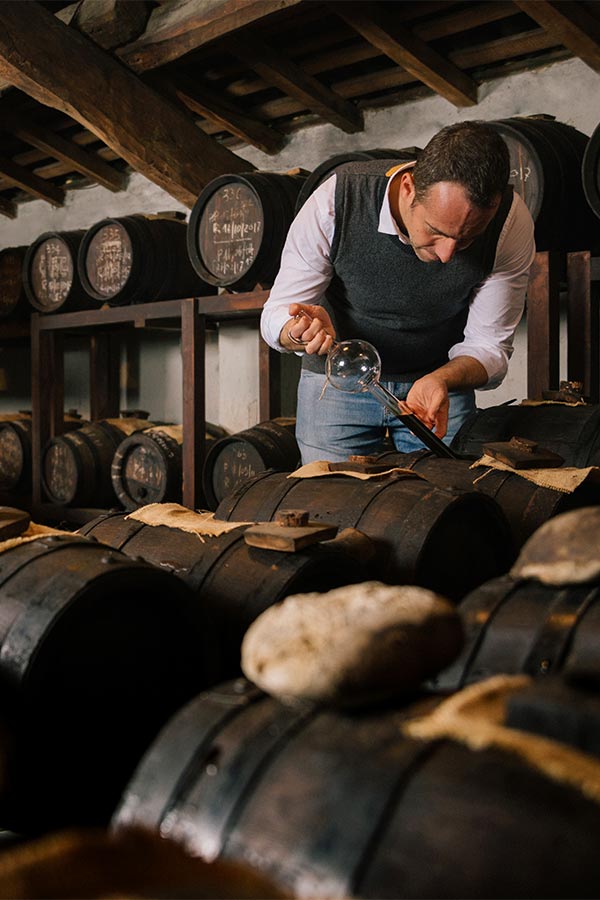
How Balsamico Tradizionale is made
For the Tradizionale, only certified grapes are pressed directly from the Modena/Reggio Emilia region. This must is boiled down over an open flame for many hours. This evaporates the liquid and makes it thicker for the first time. Yeasts and acetic acid bacteria initiate the transformation of the juice into vinegar. Now the batteria comes into play.
The vinegar is then produced one after the other in a long series of barrels made from different types of wood, each of which gets smaller and smaller. The smaller they are, the more intense the aroma of the contents. Each barrel has a hole at the top, which is covered with a cloth. This allows the balsamic vinegar to evaporate very slowly and naturally.
Now it’s time for maturing. Once a year, the evaporated vinegar in the smallest barrel is topped up with a little vinegar from the next largest barrel. The evaporated vinegar in this barrel is then topped up with aceto from the next largest barrel and so it goes on, barrel by barrel, until the last and largest barrel is filled with freshly cooked must from the new grape harvest. A Balsamico Tradizionale matures for at least 12 years.
Take a look over the shoulder of vinegar master Claudio Giusti!
Which wood gives which flavor?
The choice of wood in particular is one of the secrets of vinegar production, as the barrels made from different woods bring the strong, fruity and aromatic notes to the fine elixir. A bottle of cheap balsamic vinegar from the supermarket simply cannot keep up in terms of taste…
- Oak wood – is a precious wood that gives well-aged aceti the very best finish. It gives the vinegar an unmistakable aroma with notes of vanilla.
- Chestnut wood – is particularly rich in tannins, it gives the vinegar its typical brown color and promotes the maturing process.
- Cherry wood – is a noble wood that emphasizes the sweet notes of the vinegar and balances the acidity of the vinegar.
- Mulberry wood – is the most breathable wood. In barrels made of mulberry wood, the aceti increase their concentration considerably, making them particularly dense.
- Ash wood – the compact, very light-colored wood contains hardly any tannins. It creates the ideal climate for maturing and preserving the noble elixir in a balanced way
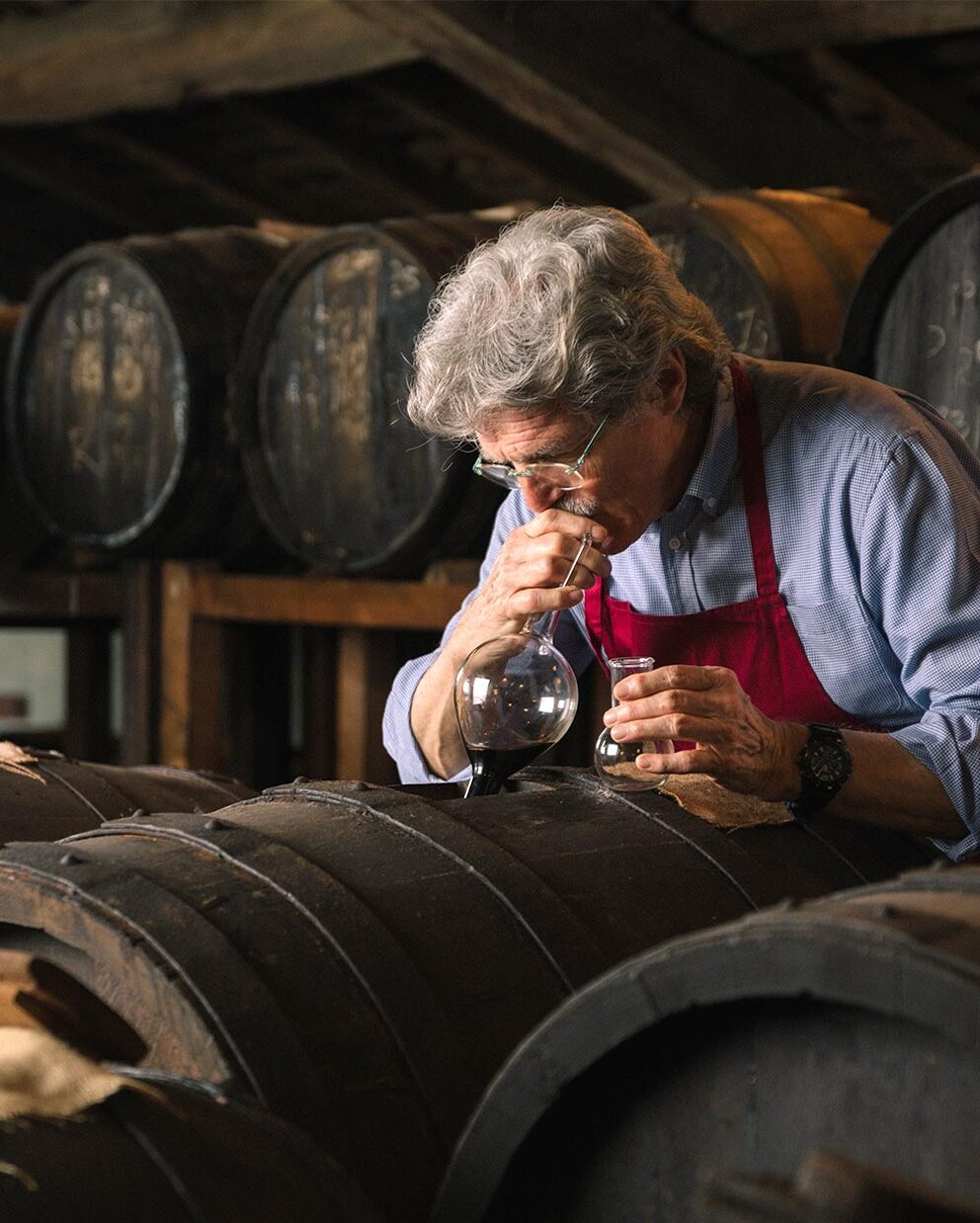




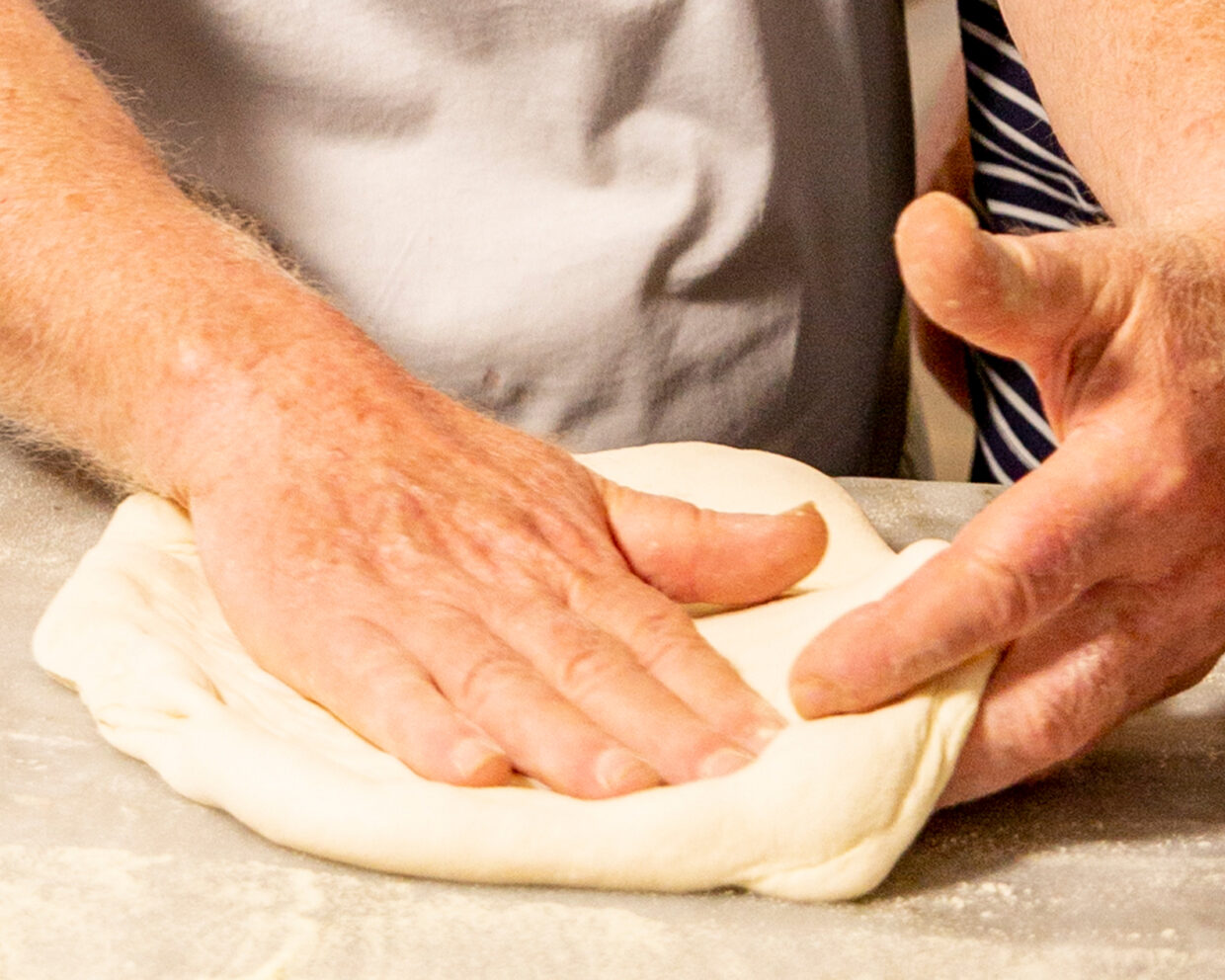
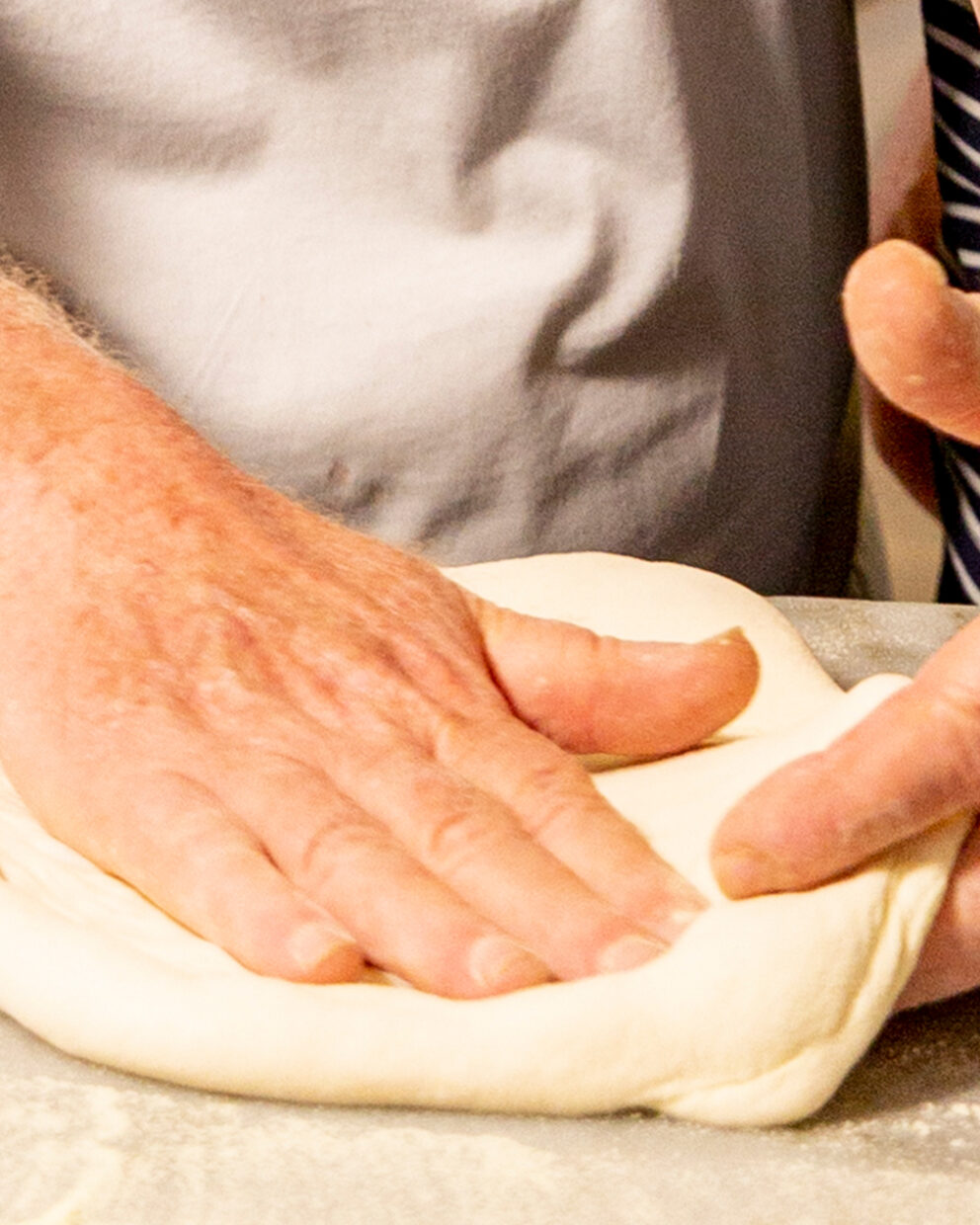
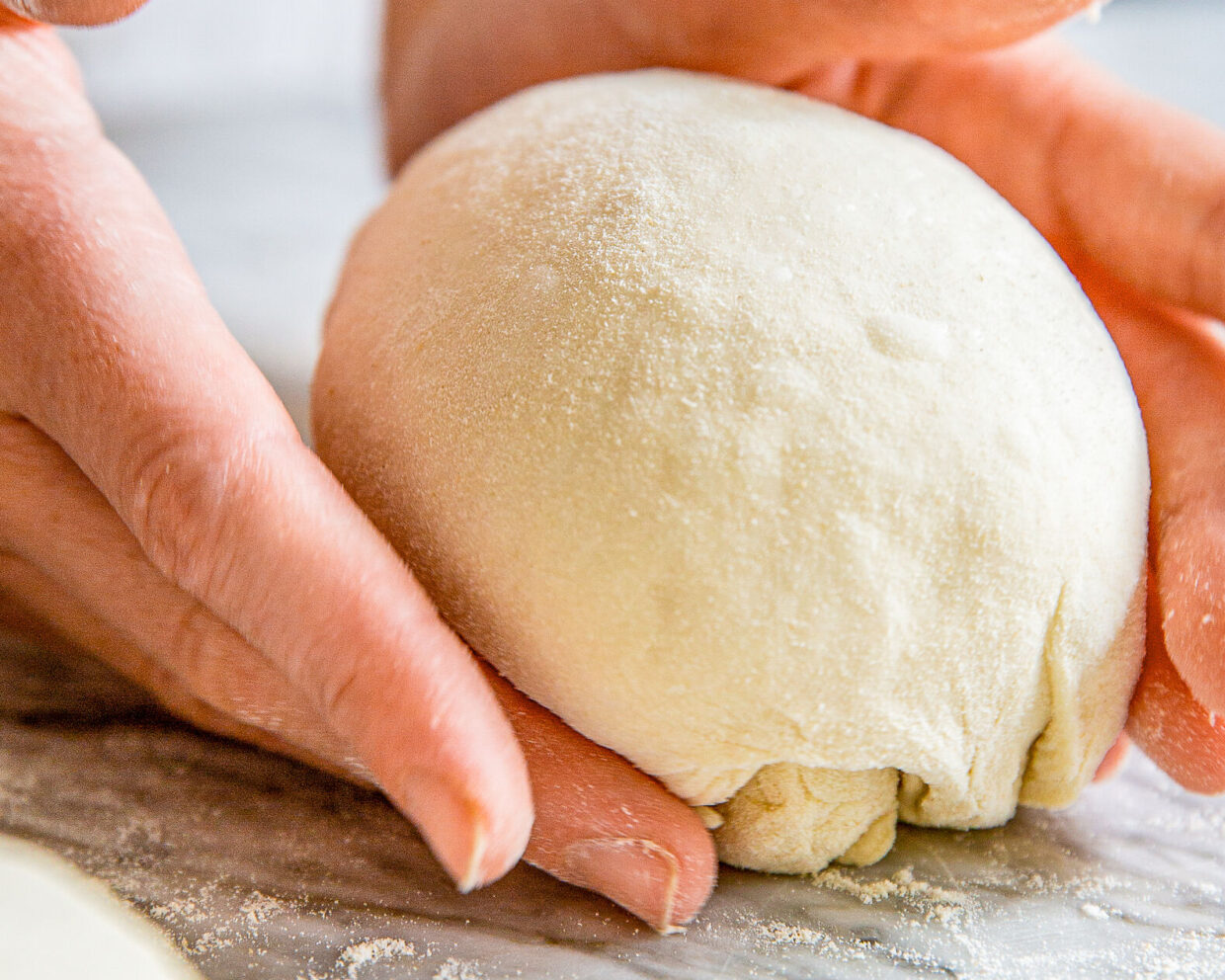
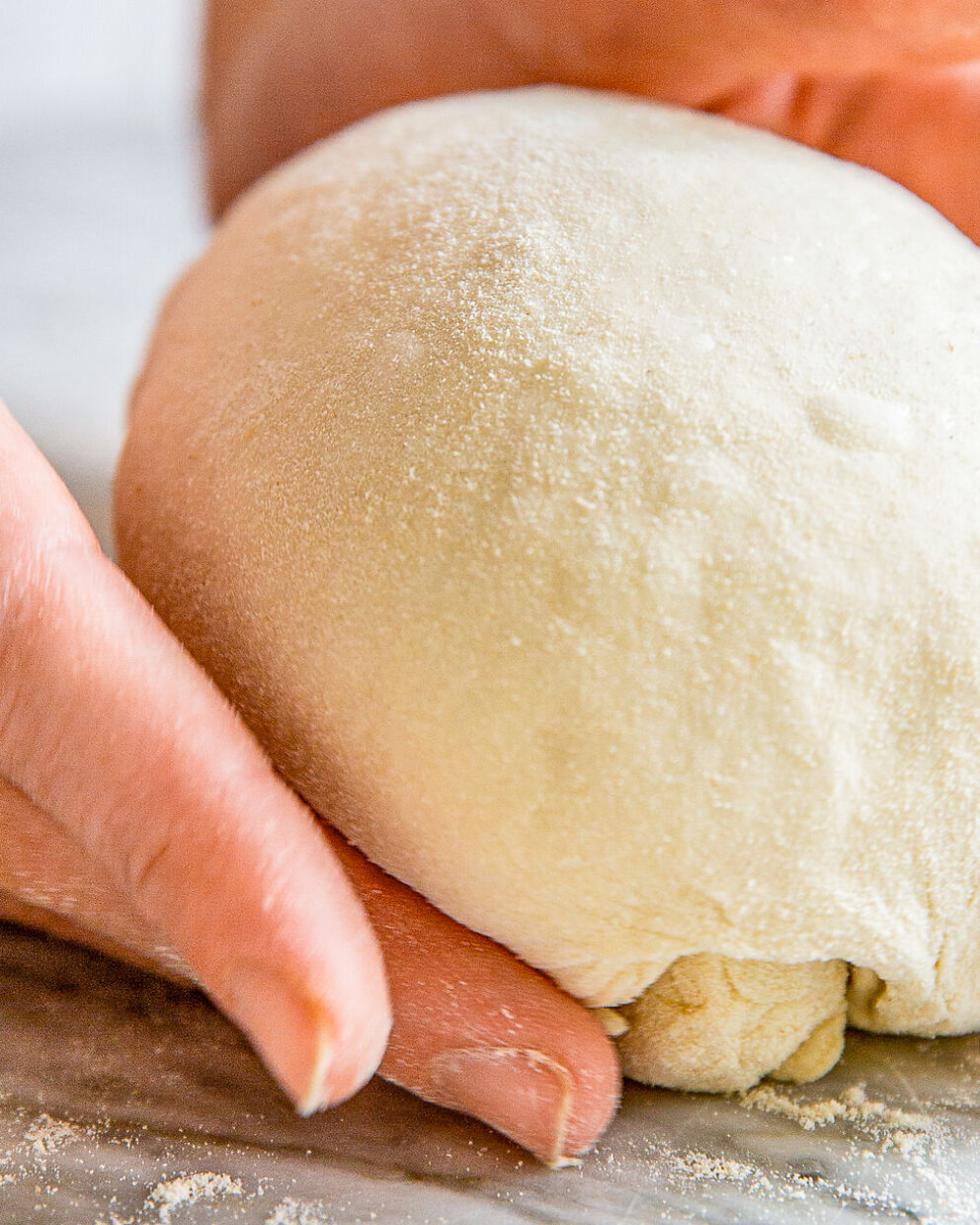
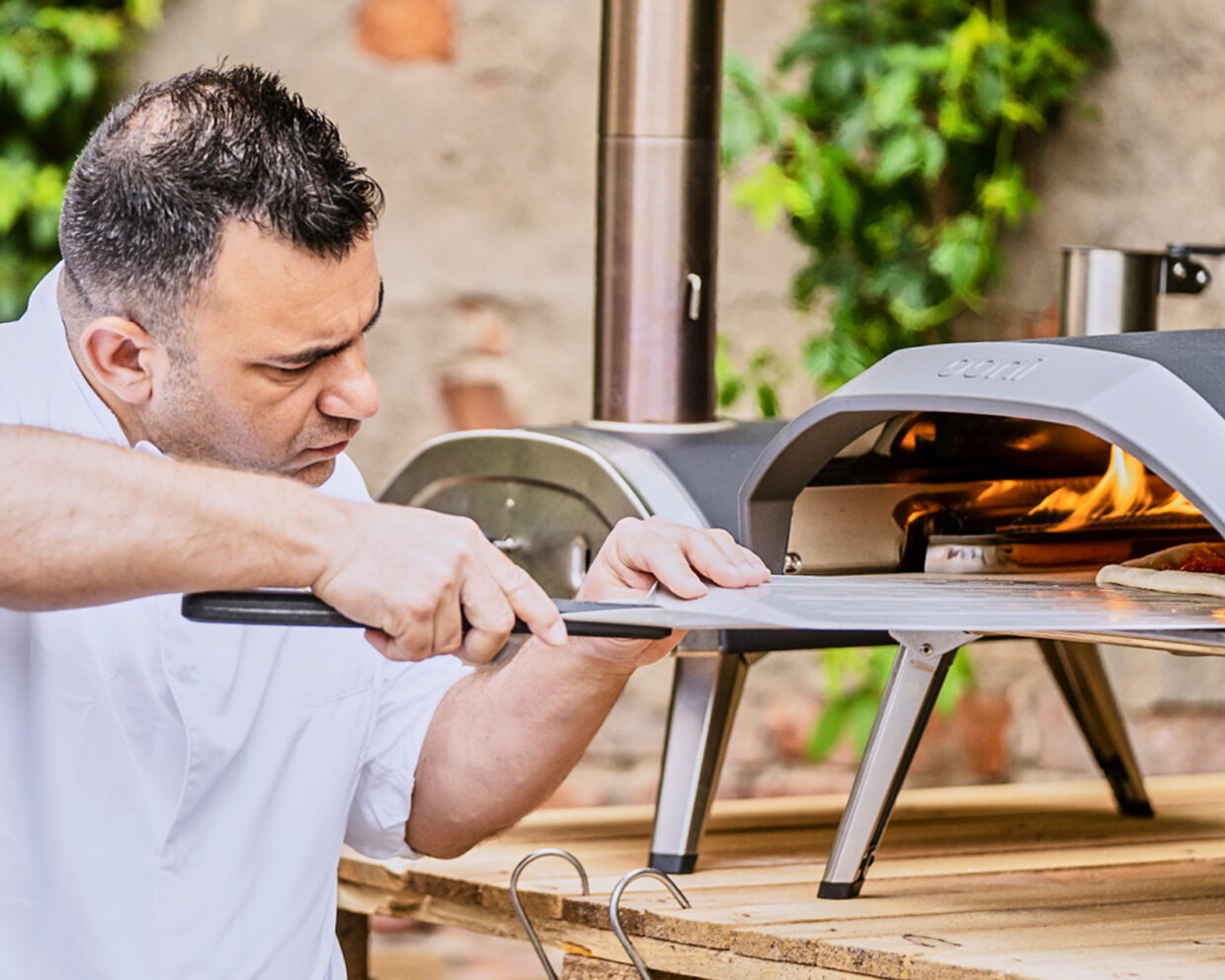
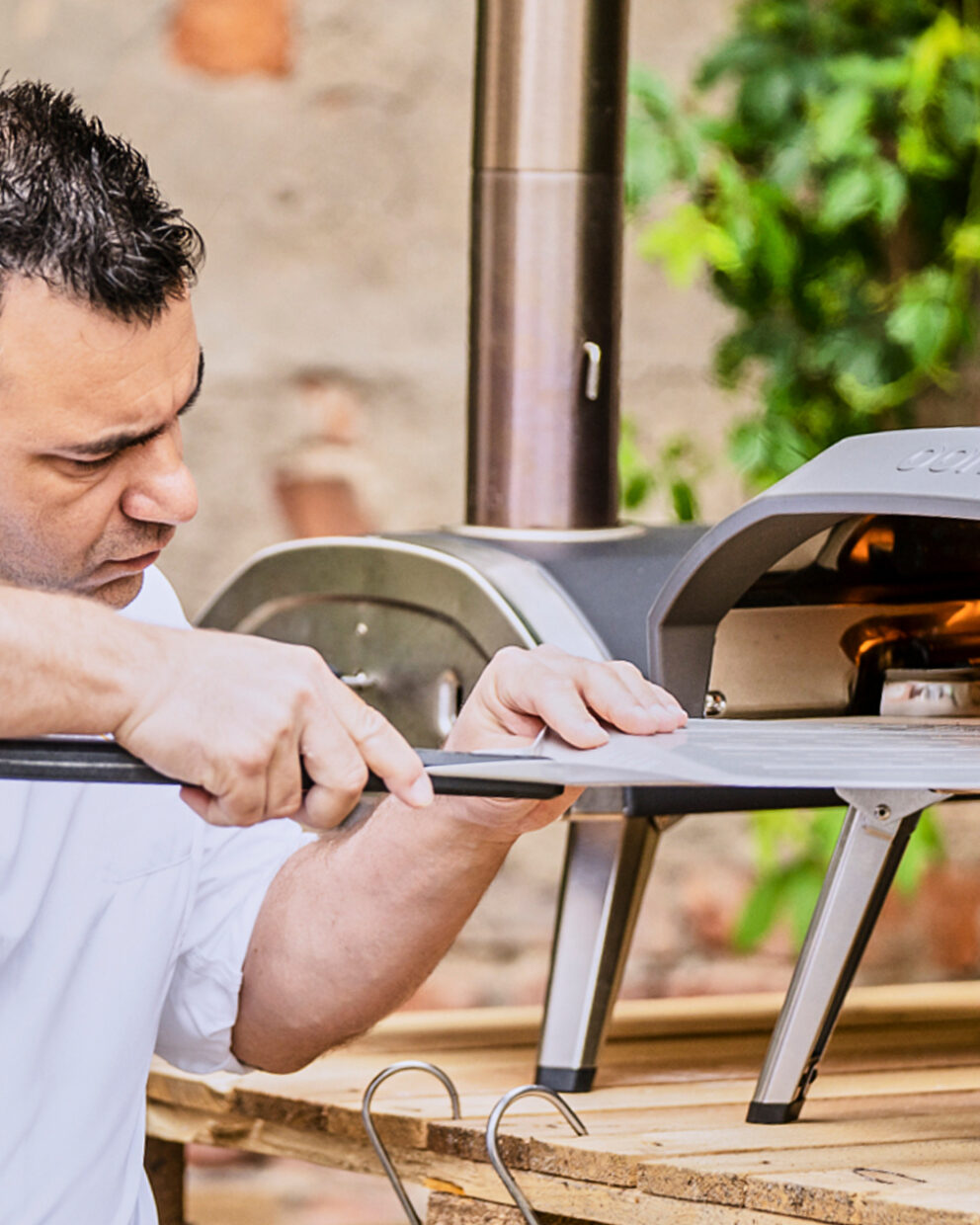


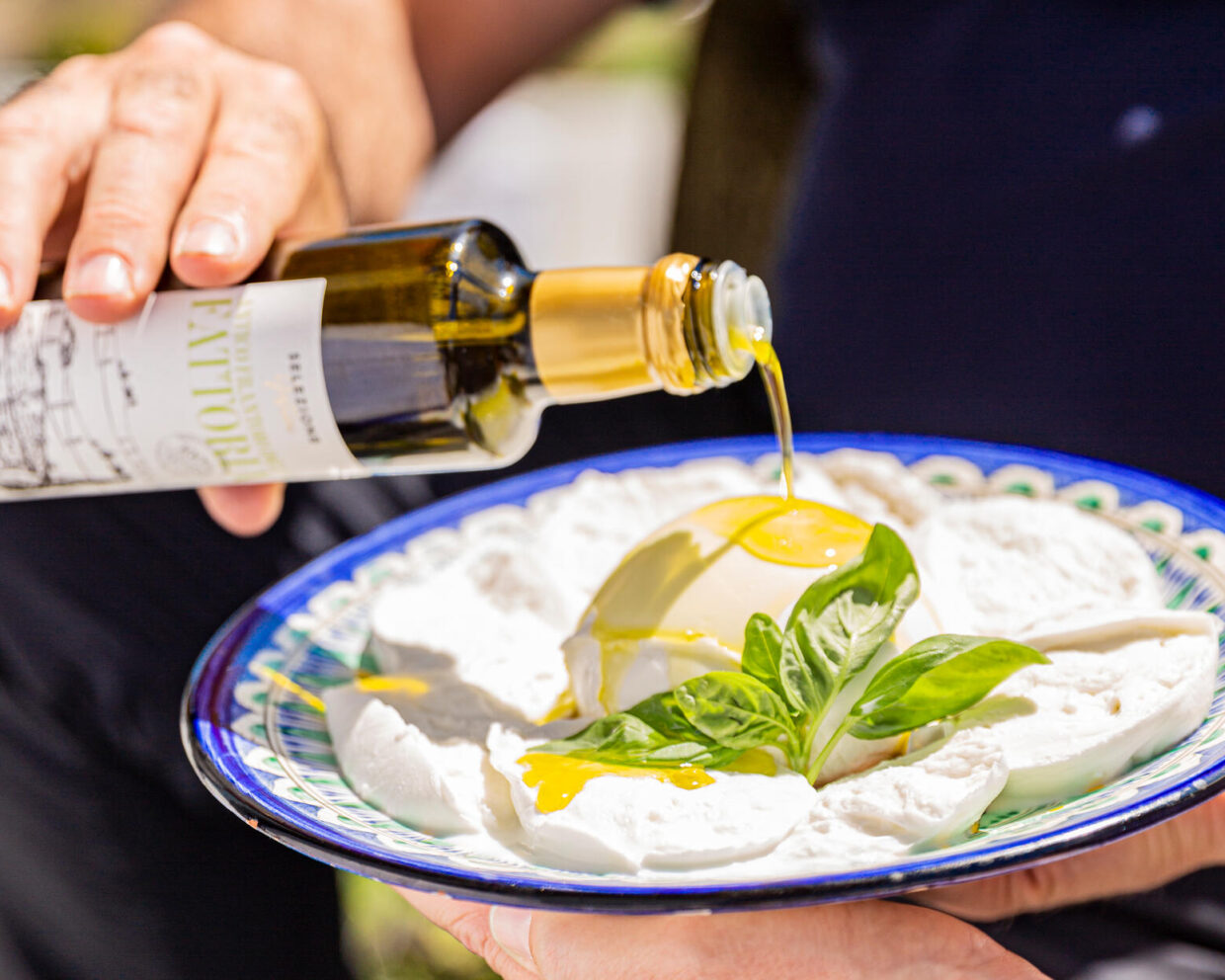
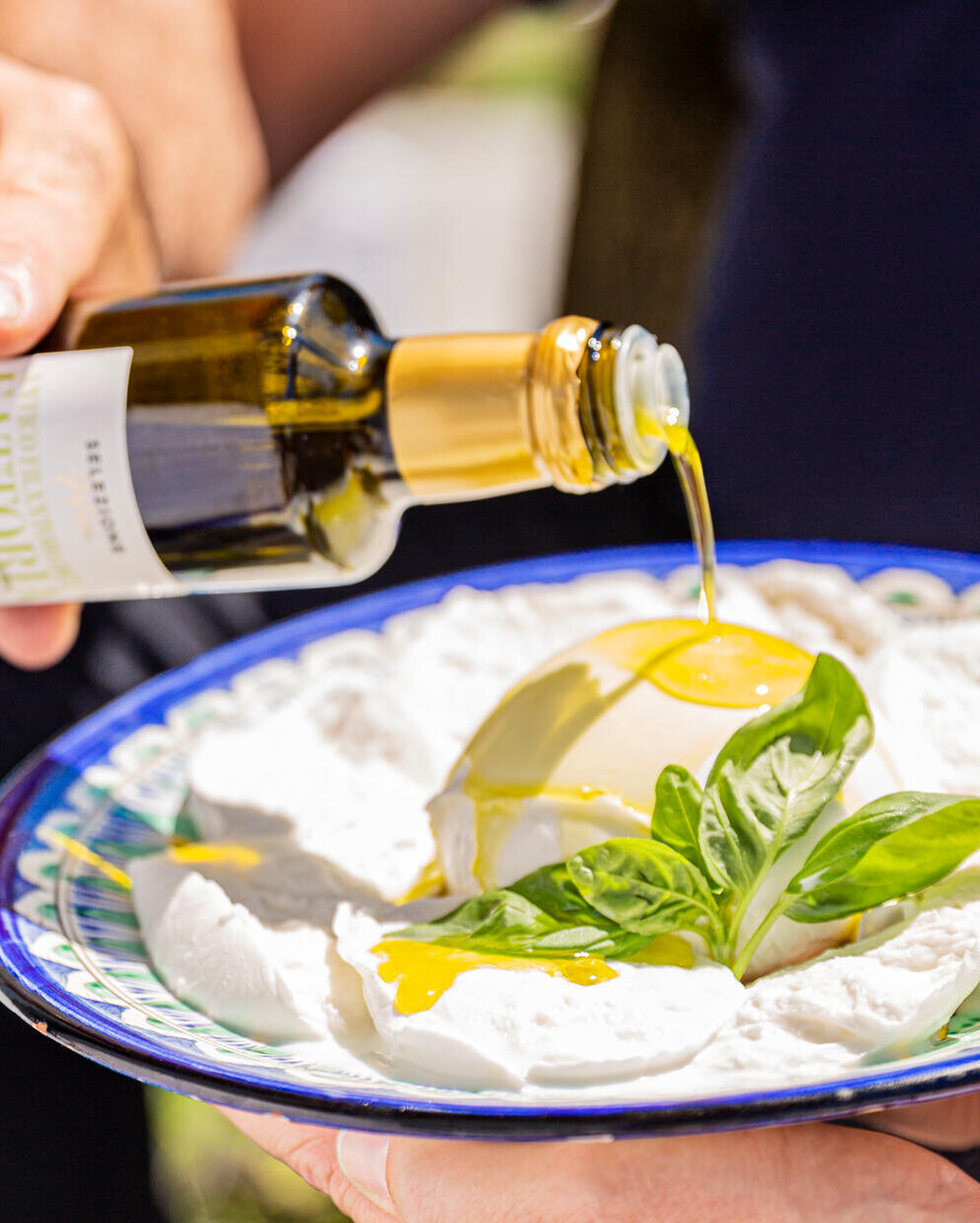


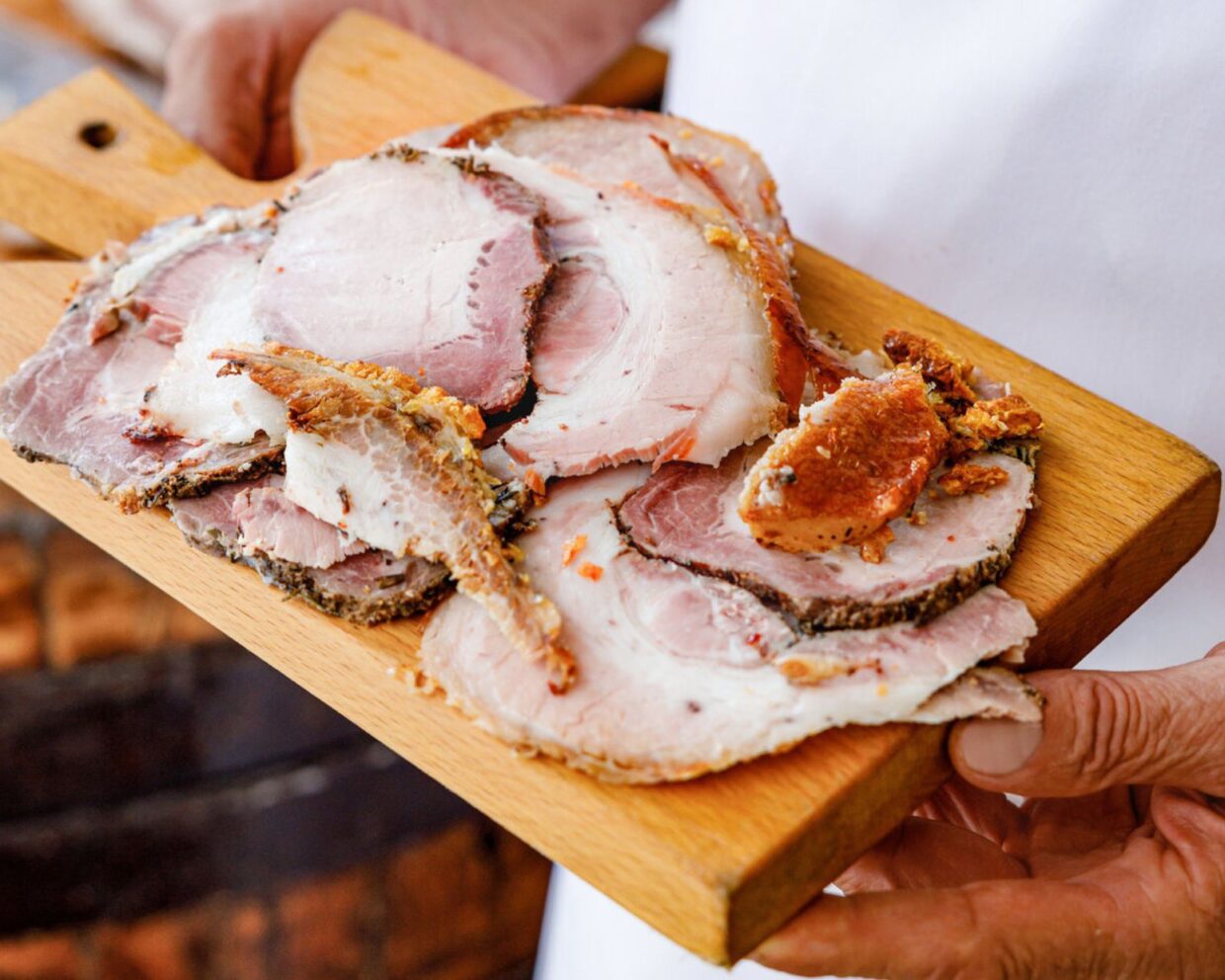
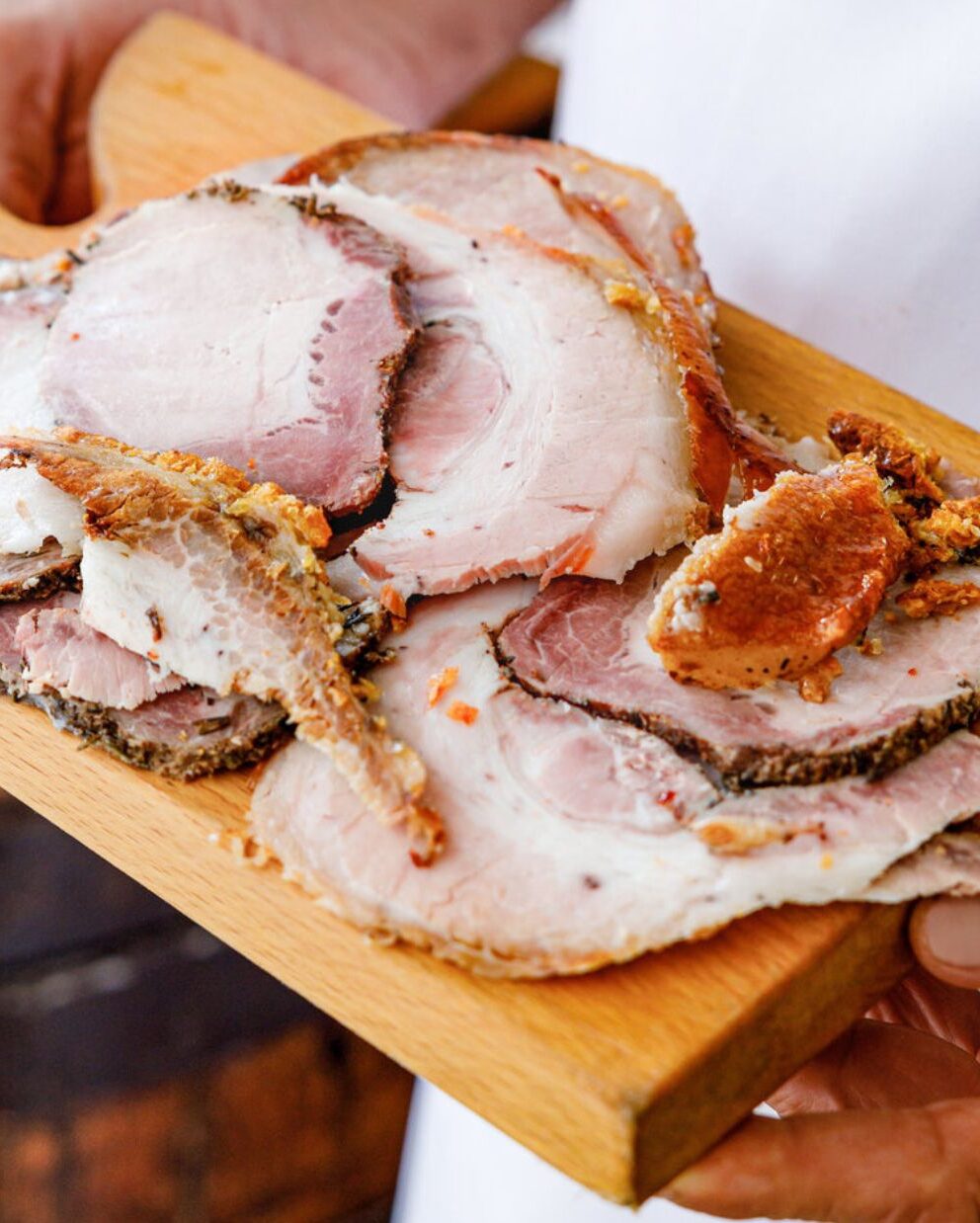
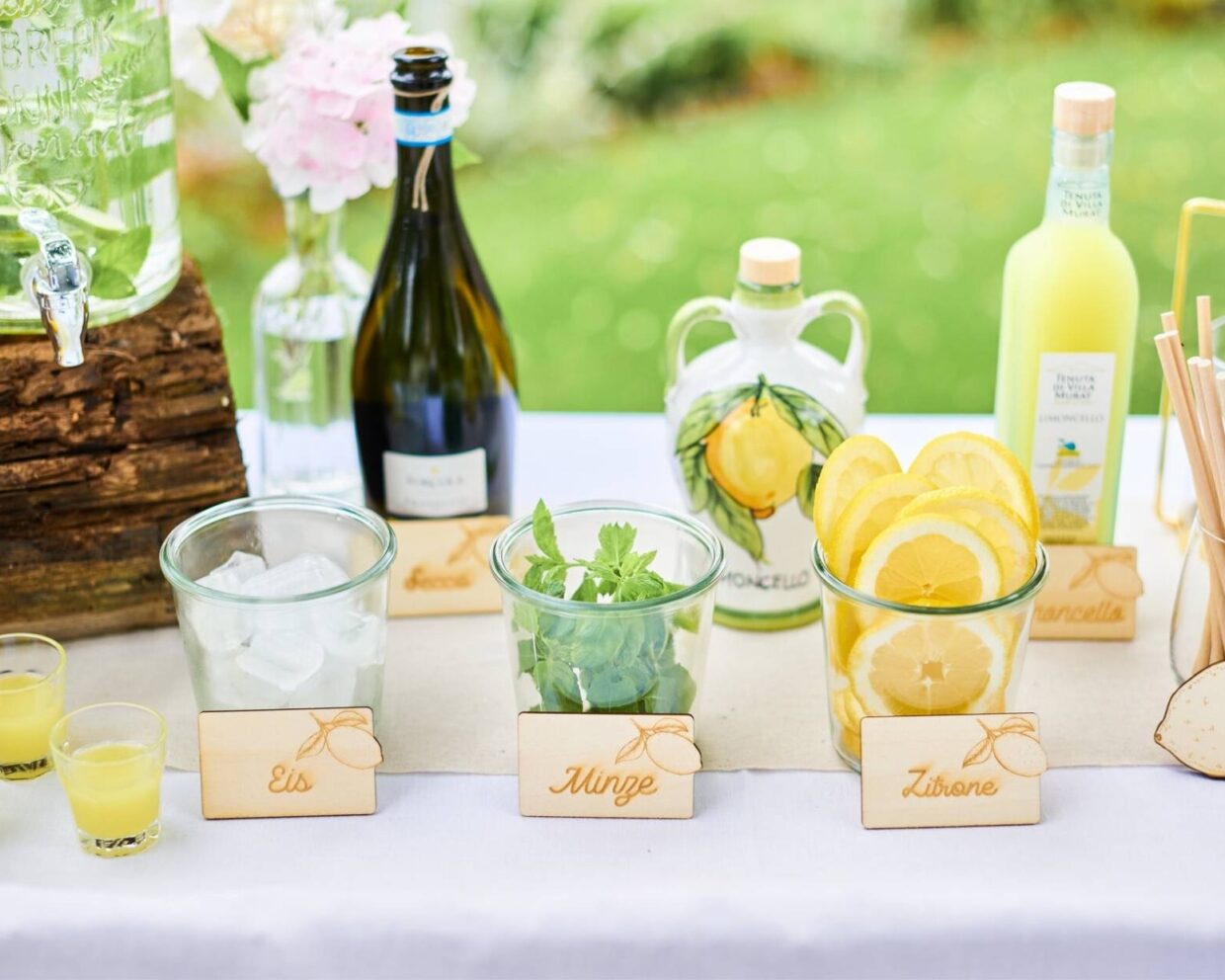
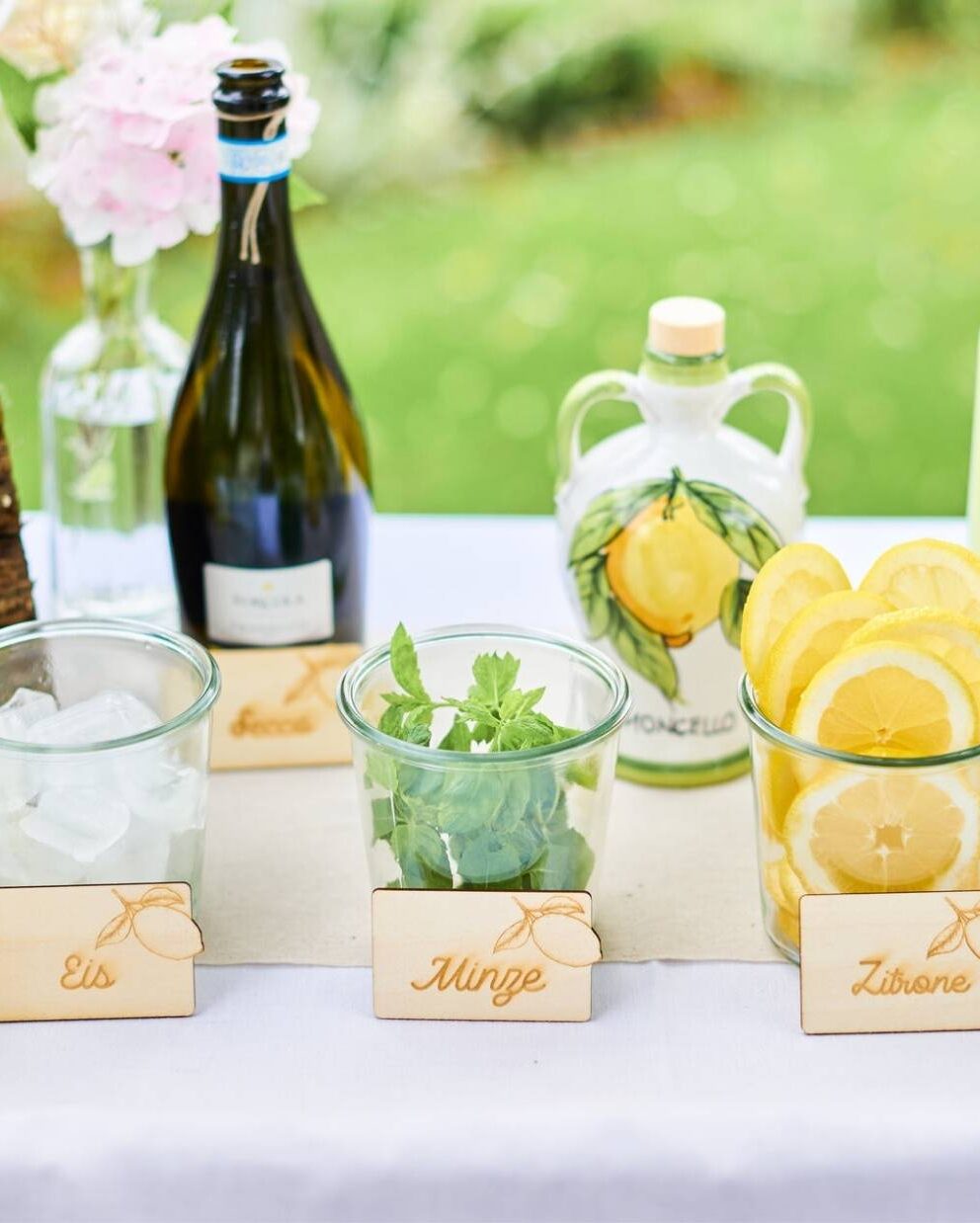


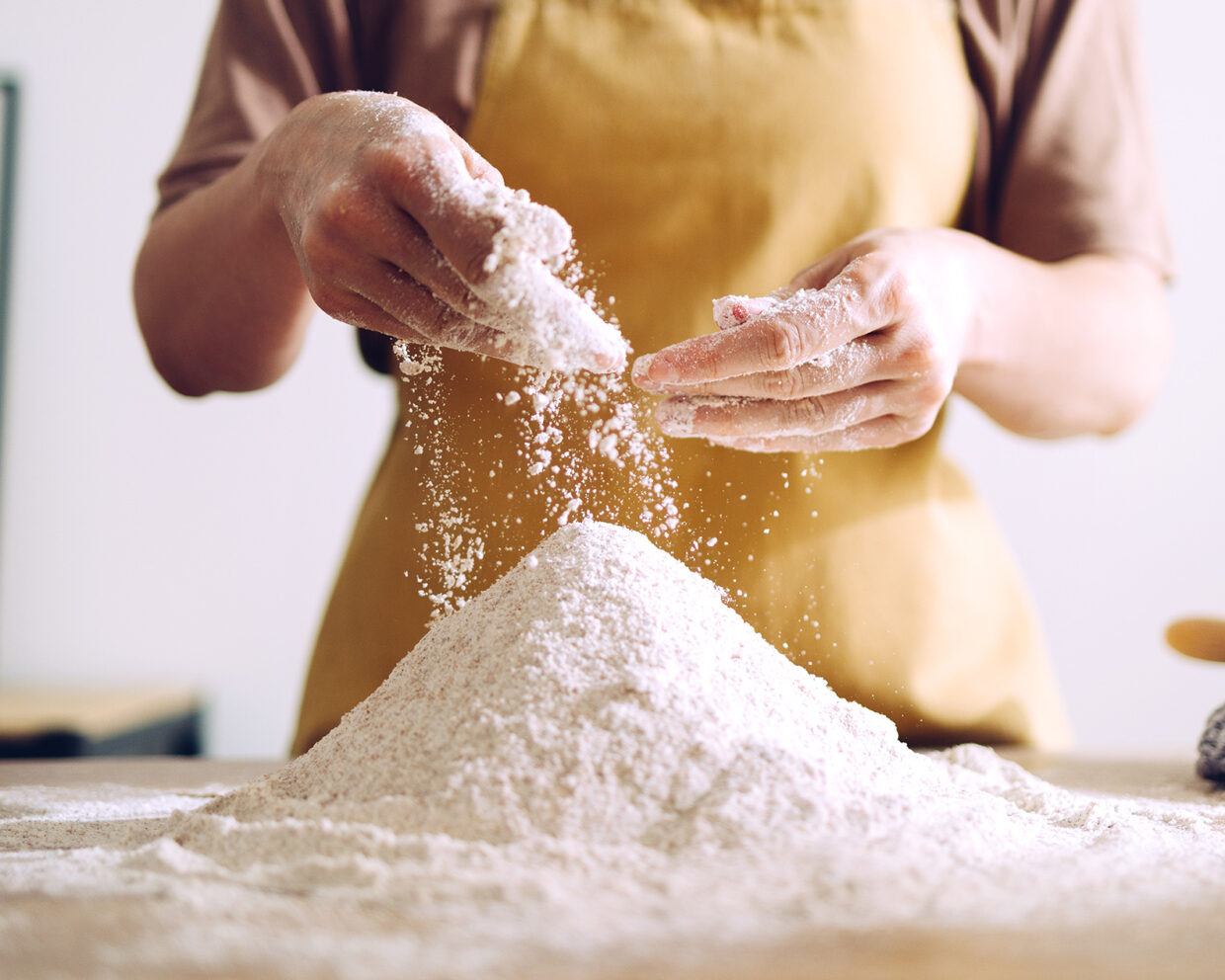
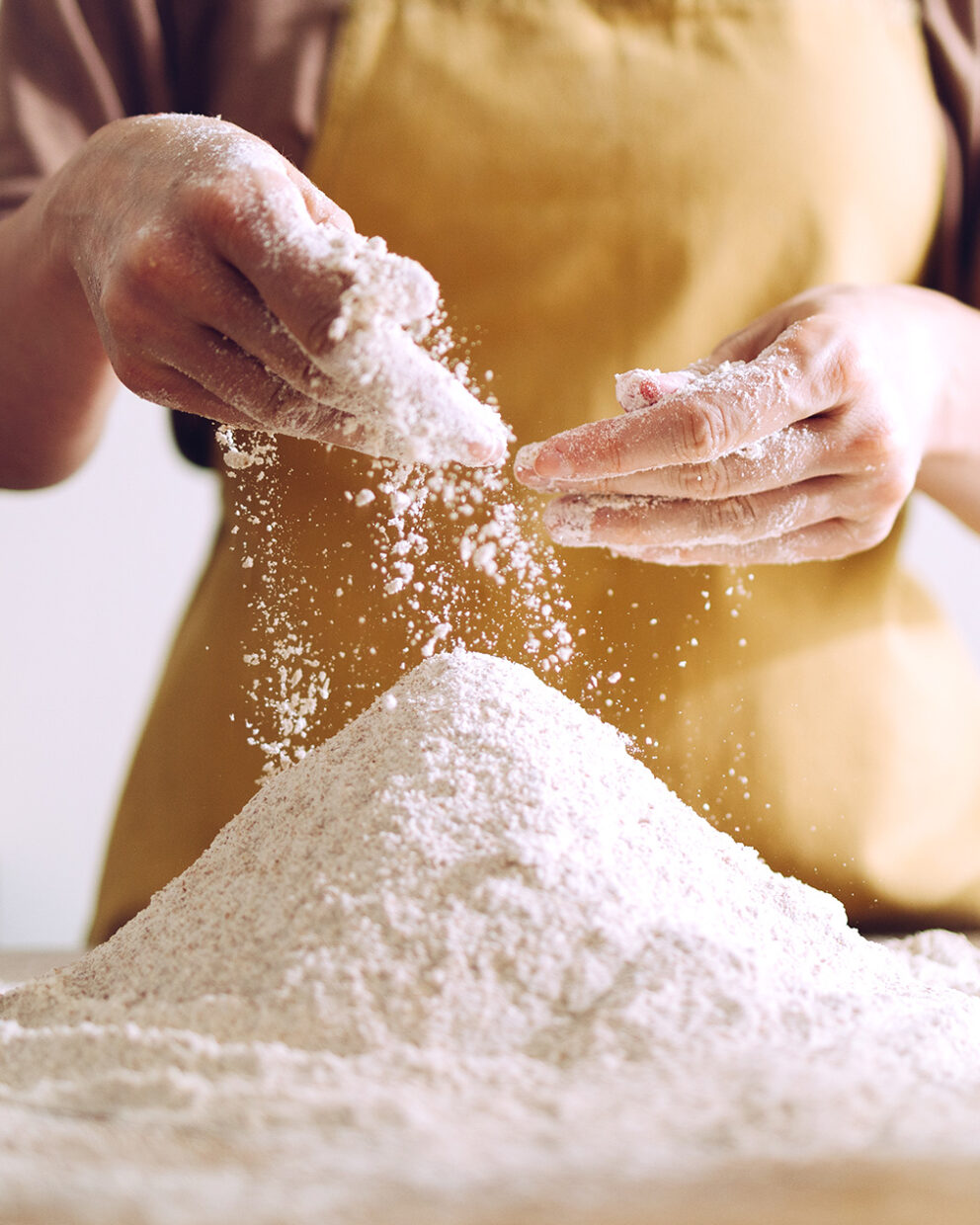
Want to share your thoughts? We're excited to hear what you think of the article. Tell us about your ideas, tips or questions! Leave a comment and share your knowledge with the community. Your opinion counts.
Write a comment